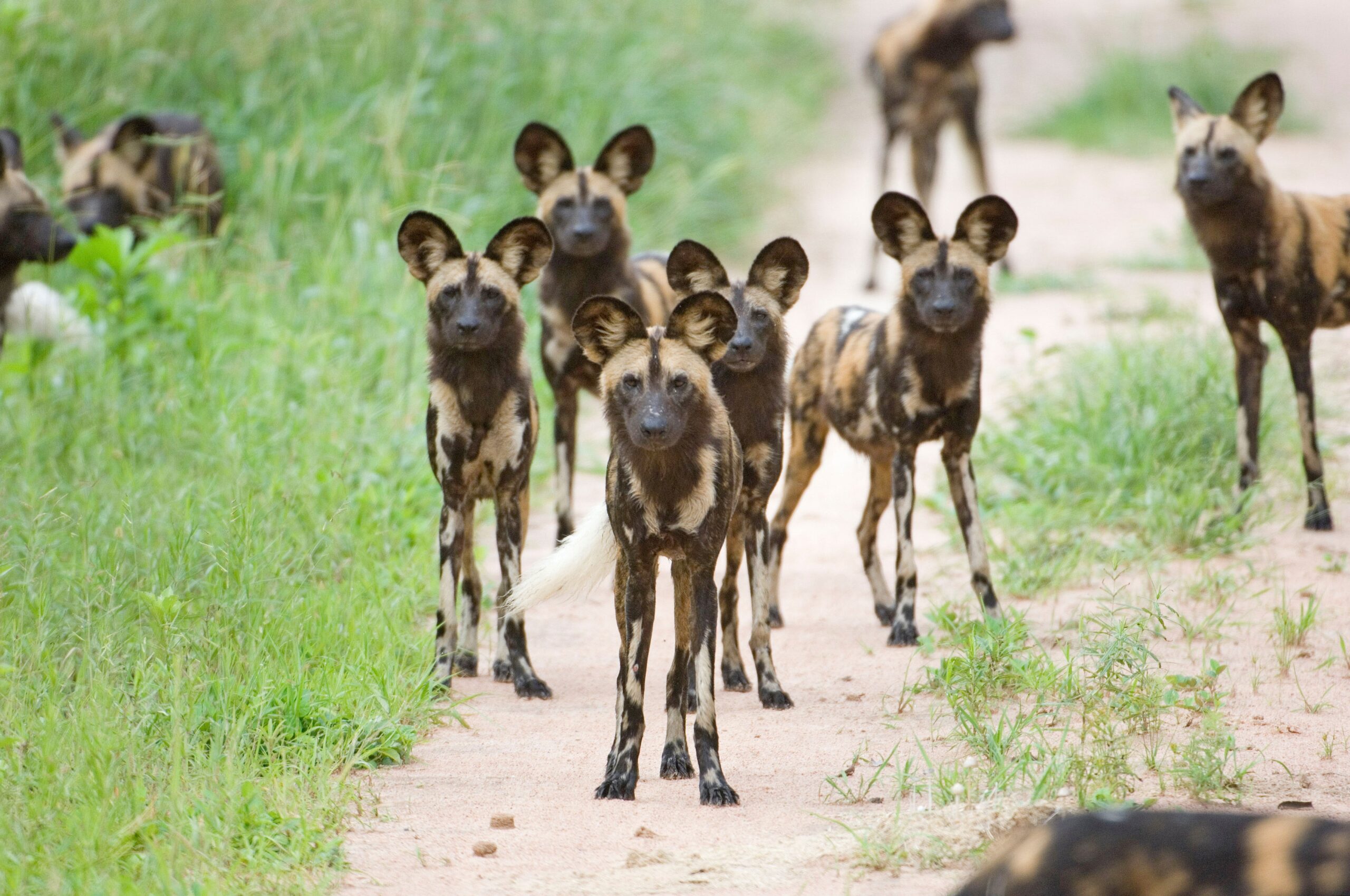East Africa Luxury Safari
10 DAYS
Overview
Visit two of Tanzania’s largest and most untouched reserves as you enjoy a luxury tented safari in the Nyerere National Park (Selous) and Ruaha National Park.
Be far removed from daily life as you relax in the heart of the Tanzanian wilderness. Expect fantastic game viewing, exciting daily activities, wonderful hospitality and unforgettable memories.
Highlights
- Fly-in itinerary – spend more time on safari
- Intimate and exclusive tented camps
- Ideal for romantics who enjoy adventure
- Game drives, walks and river safaris
- Fantastic birdwatching and photography
Summary
- Tour Duration: 7 Days
- Start: Arusha
- End: Nairobi
Destinations Visited
Accommodations Visited
Day to day
Itinerary
Your gateway to Kenya’s wonders
The gateway to Kenya is its capital city, Nairobi. As the transportation hub of the country, the city’s airports, roads, trains, and bus stations are responsible for ferrying guests to the aquamarine waters of the coastline, the expansive Rift Valley Lake region, and wide open savannahs of the Maasai Mara or the verdant landscapes in the central highlands. The Kenyan capital is, however, well worth exploring in its own right. The continent’s largest and second-largest mountains, Kilimanjaro and Mount Kenya, are visible from the city on a clear day. Just west of the city, Karen Blixen’s legendary Ngong Hills rest against the landscape.
Go on safari in Kenya’s most renowned nature reserve
The Maasai Mara National Reserve is undoubtedly Kenya’s most notable and revered reserve. Its sheer size—extending to and eventually joining Tanzania’s Serengeti National Park—and stringent anti-poaching systems have made it famous for its remarkable populations of lion, cheetah, and leopard. It is also celebrated for being one of the stomping grounds of the Great Wildebeest Migration.
Witness the Great Migration on Safari in the Serengeti
Stretching itself across 1.5 million hectares of land, the Serengeti National Park is known for its impressive population of wildlife—most notably the Big 5. It is perhaps more renowned for being part of the stage on which the annual Great Migration plays out. Each year, over two million wildebeest, a fair number of gazelles, and small following of zebra seek better grazing areas by migrating south in the Serengeti, then west and north into the Maasai Mara before eventually returning.
It is unsurprising that the Serengeti’s bustling plains offer some of the most remarkable safari opportunities in the country, and visiting in the right season will promise astonishing sites of this natural phenomenon. The Serengeti’s terrain varies from the volcanic grasslands and vast plains that are interrupted by rocky outcrops, rivers, volcanoes, and forests.
The world’s largest intact volcanic caldera and home to the highest density of big game in Africa
Tanzania’s Ngorongoro Crater has been part of the Ngorongoro Conservation Area (a UNESCO World Heritage Site) since 1973. Aside from boasting a fertile floor and thus an abundance of wildlife (notably the Big 5), the crater is also the only intact caldera left in the world. Fun fact: many speculate—before Ngorongoro erupted—it would have been higher than the mighty Kilimanjaro. Located 1,800 metres above sea level in the Ngorongoro Highlands, the crater’s vegetation ranges from forest on one slope and grassland on the other, to a floor consisting largely of grassland renowned for leopard spotting.
Home of Elephant
Tarangire National Park is one of our favourite parks in East Africa. Many people either miss out Tarangire altogether or they only venture into the park for a quick morning or afternoon game drive into the northern areas. A longer stay in Tarangire means that the southern reaches can be explored away from the crowds where it offers a much quieter safari experience than other parks in northern Tanzania.
Tarangire is a generally considered a seasonal reserve and the long dry season (June – October) is the best time to visit. During the short rains of November and the long rains of April-May the game mostly disperses into the Maasai Steppe; however, as the landscape dries the wildlife returns, drawn back by the Tarangire River.
- Inclusions
- Scheduled flights, including safety fees, according to itinerary
- While resident at the camps – Guests are covered for local medical evacuation
- Exclusions
- International flights
- Airport taxes
- All meals and drinks not specified
- Tips and gratuities
- Items of a personal nature
An exclusive safari in some of Tanzania’s most vast and remote wilderness areas. Enjoy gorgeous hand-picked safari camps & amazing personalised service.




